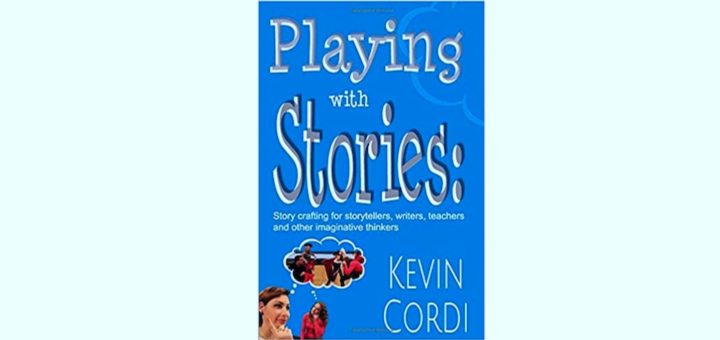Teaching and learning in grades 4-8
“The 12 Touchstones of Good Teaching” by Goodwin and Hubbell is framed by a daily checklist and filled with common sense, easy-to-apply tips to grow a more demanding, supportive and intentional classroom practice, says PD consultant Anne Anderson.
A Non-Freaked Out Guide to Teaching the Common Core is a useful supplement to the primary CCSS document. Teachers will benefit from Dave Stuart, Jr.’s thorough analysis of each anchor standard, says reviewer Susan Schwartz, although she does have one concern.
Herding educators together for one-size-fits-all professional development often misses the mark of teachers’ real work, says Emily Vickery. Teachers now have tools to tailor their own professional learning “to maximize our growth.” Helpful resources included!
We asked teaching consultant Annette Breaux to write about three of the most pressing questions new teachers have in the weeks (and months) before they open their classroom doors to students for the first time. Here’s her advice on discipline, classroom management, and daily procedures.
The essence of co-teaching consists of collaboration, communication, and compassion, says coach Elizabeth Stein. When any co-teaching pair makes these three ideals their everyday targets for teaching and learning together, they’ll have a successful partnership.
After a decade teaching third and fourth graders, Patti Grayson ventured into middle school this past year. She has come away from her first year in the middle with several gleanings about the most effective ways to work with unpredictable, sensitive tweens.
Easy to implement suggestions and detailed reading response lessons make educator Marilyn Pryle’s recent book a helpful addition to the Common Core ELA bookshelf. Reviewer Sandy Wisneski recommends its common-sense resources for modeling, assessing, and practice.
Playing with Stories is THE book for those in love with stories and those who believe that we “think in story,” says reviewer, poet and retired principal Mary Langer Thompson. Author Kevin Cordi shares strategies for building stories solo, with a partner or within small groups.
Making Number Talks Matter guides teachers in implementing frequent 15-minute conversations that help students make sense of math relationships and apply strategies to manipulate numbers mentally. Reviewer Jennifer Druffel is planning Number Talks in her classroom next year.
Mary Tarashuk looks beyond her formal annual review to consider her personal assessment portfolio. Her students have learned “a bit about compassion, sympathy, empathy, the importance of friendship and community. This is the true measure of my Affectiveness.”







































